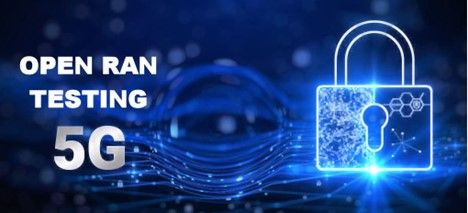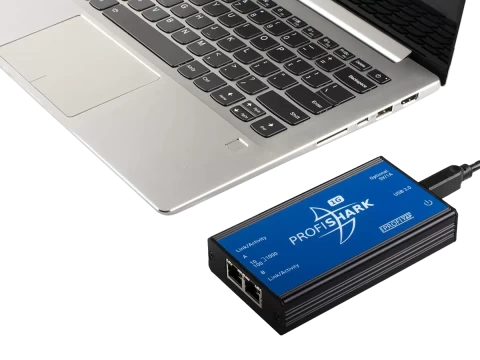-
Call Us:1.800.561.4019
Newsletter
For a Free Quote...
Latest Blog Posts
Blog Categories
Telnet Network News
One Way To Stop The IT Blame Game
How well does your company communicate internally? Specifically, how well do your IT departments communicate with each other? Enterprises typically contain four or more IT sub departments (Security, Network Operations, Virtual DC, Capacity Planning, Service Desk, Compliance, etc.) and it's quite common for them to be at odds with each other, even in good times. For instance there's often contention over capital budgets, sharing resources, and headcount.
But let's be generous. Let's say that in normal operations things are usually good between departments. What happens if there's a breach though, even a minor one? Then things can change quickly. Especially if there are problems with acquiring accurate monitoring data for security and troubleshooting areas. Finger pointing can quickly result.
So, what can you do? The answer is to create complete network visibility (at a moment's notice) for network security and network monitoring/troubleshooting activities. Here are three common sources of issues for most IT organizations:
- There is a lack of proper access to network data
- Analytic and security tools can be modified, moved, or just plain disappear without permission
- Capture and analysis of monitoring data can create business risk and problems for other departments
Besides Change Board approval being an issue for connecting equipment to the network, this is also a common issue for SPAN port filter configurations as well. Any change to the network routing switch could potentially create a service impact. SPAN ports also constantly need reprogramming to capture new data. This could affect others using that particular filter and cause an unknown loss of data to the security and monitoring tools currently in use. The IT engineer may or may not know that the new filter is clipping important data – until there's a problem, and someone gets blamed.
A second issue is that you may not have the budget you need for certain types of equipment. Even if other departments have the equipment, they often don't want to share. Sharing is often a problematic issue for IT departments because the security and monitoring tools often get moved or reconfigured which causes irritation among staff members. Besides individual tool sharing, some enterprises have created "crash carts" that have a set of common diagnostic tools for immediate troubleshooting purposes. However, these crash carts and their tools are often not reset to default settings, which means that the next user has to waste time resetting and reconfiguring the equipment. This stress is heightened if there is an event, such as a security breach, network failure, or application failure. These incidences result in troubleshooting time delays, higher costs, and SLA/QoE problems. This is true even if the sharing problem turns out to be that monitoring data filters were changed without permission, as this itself can cause network and application outages or increase mean time to repair (MTTR).
- Add taps to replace SPAN ports. Taps are set and forget technology which means that you only need to get Change Board approval one time to insert the tap and you are done
- Add a network packet broker (NPB) to eliminate most of the other Change Board approvals and eliminate crash carts. The NPB is situated after the tap so you can perform data filtering and distribution whenever you want. By implementing a tap and NPB approach, you may be able to reduce your MTTR times by up to 80%.
- Add an NPB to perform data filtering. The NPB performs data filtering to send the right data to the right tool whenever you need it. This improves data integrity to the tools and improves time to data acquisition.
- Add an NPB to create role-based access to filters. This eliminates the "who changed my settings" issue and allows multiple departments to share the same NPB.
- Add virtual taps to get access to the often hidden East-West data in a virtual data center or cloud network
No one wins at the blame game as it's a zero sum game. Even if one department appears to win, the whole group typically loses. One of the best things an IT department can do is increase network visibility because it gets at the core of the issue instead of treating symptoms. This is what will help reduce incidents, reduce long term costs, reduce troubleshooting times, and increase staff happiness.
Thank you to Keith Bromely at IXIA for the article.
When you subscribe to the blog, we will send you an e-mail when there are new updates on the site so you wouldn't miss them.






Comments